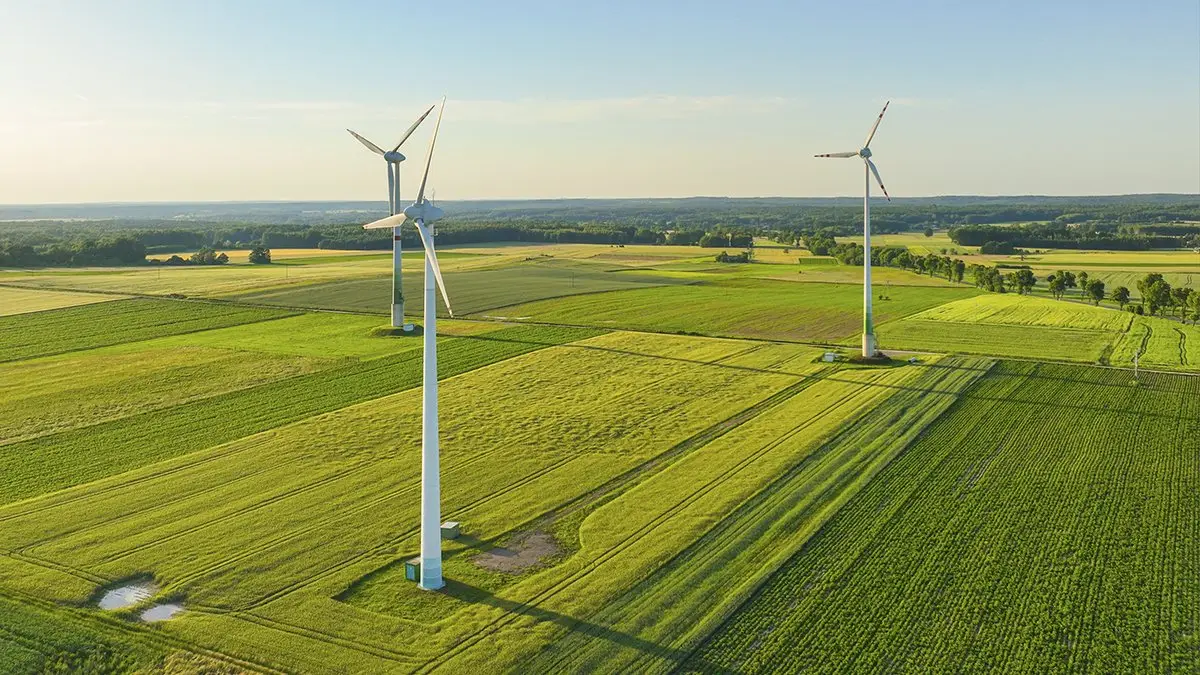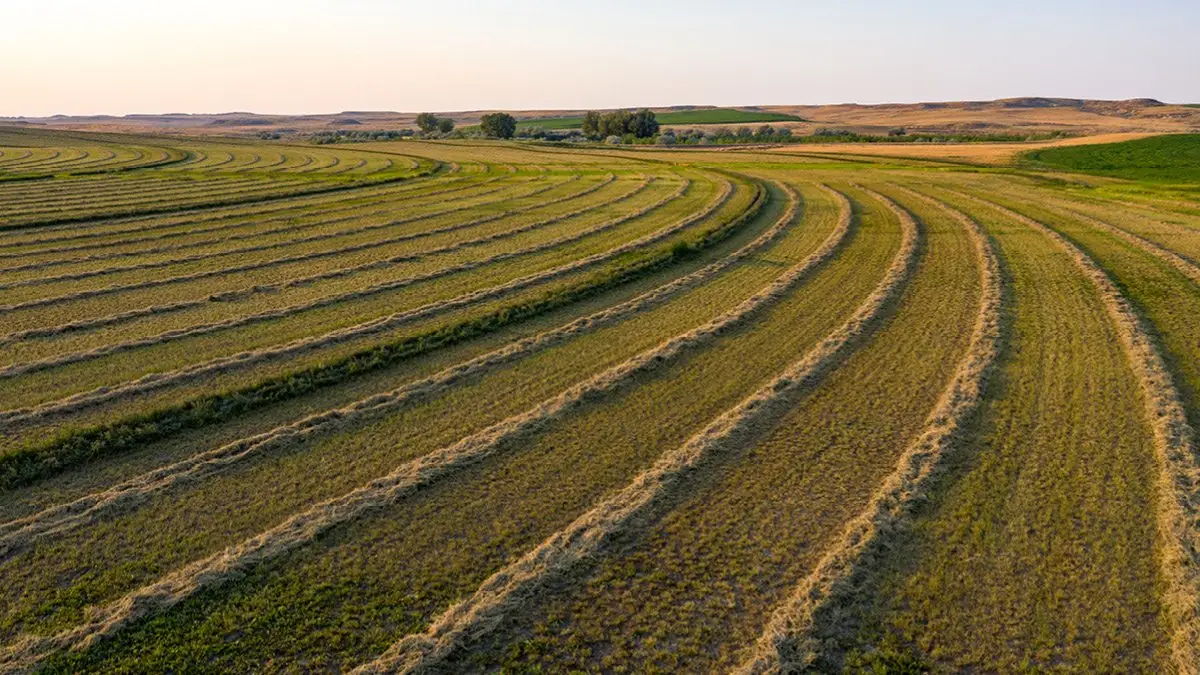Midwest farmland values have long been a barometer of agricultural health, yet they are traditionally insulated from significant fluctuation caused by government policies or shifts in the general economy. As we move into 2025, many people believe that two government policies—tariffs and the recently enacted American Relief Act—are poised to influence these values in the near term. Here’s a quick look at how they might play out.
Tariffs: A Double-Edged Sword
Tariffs, especially those targeting major trading partners like China, Canada, and Mexico, have a direct impact on Midwest farmers. The region, a powerhouse for corn and soybeans, relies heavily on exports. Recent trade policies under the Trump administration, including 25% tariffs on Canada and Mexico and a doubled 20% tariff on Chinese goods, have sparked retaliatory measures. China’s 10-15% tariffs on U.S. agricultural products like soybeans and corn, for instance, could shrink export markets, pushing down commodity prices. Lower prices mean tighter margins for farmers, which historically softens demand for farmland and, in turn, its value.
On the flip side, tariffs raise the cost of imported inputs like Canadian potash, a key fertilizer. With 85% of U.S. potash coming from Canada, higher costs could squeeze farm budgets further, especially for those already losing money on major crops. Yet, if tariffs succeed in boosting domestic production long-term, they might stabilize or even lift land values by increasing local demand for agricultural output.
The Midwest farmland market saw a slight direct effect from the 2018-2019 trade war. Although average commodity prices were largely unchanged from 2015 to 2019, land values were beginning to see a rise through 2017, then realized a slight dip with the tariff increases beginning in Q1 2018. With MFP payments arriving in August 2019, the market showed a recovery prior to the disruption and uncertainty of COVID-19. The chart below compiled by the Peoples Company appraisal team displays Iowa land values through this period.

The American Relief Act: A Temporary Lifeline
The American Relief Act of 2025, signed into law in December 2024, extends the 2018 Farm Bill through September 30, 2025, averting a government shutdown and providing ad hoc relief to farmers. This extension keeps commodity programs alive, offering price supports and subsidies that could cushion Midwest farmers against tariff-induced losses. For example, higher marketing loan rates from the 2018 Farm Bill, carried forward, give farmers a safety net when prices dip, potentially sustaining land values by keeping operations viable. For Midwest farmers, this payment equates to $41.91 per planted corn acre, $30.69 per wheat acre, and $29.76 per soybean acre. A significant shot in the arm for those who are teetering at a break-even level.
This is a short-term fix. The Act doesn’t address structural issues like trade disruptions or rising input costs, and its benefits may not fully offset the uncertainty tariffs bring. That said, the MFP payments that were a result of the previous trade war and paid from August 2019 to early 2020 proved effective in preventing any excessive drop in value and ultimately aided in an unprecedented rise in land values. Nevertheless, these aid payments were coupled with general market uncertainty, massive inflation, and historically low interest rates to create the perfect storm for a rise in values. The chart below details the increase in value from Q1 2020 through 2024.

What’s Ahead for Midwest Land Values?
In the near future—say, the next 12-18 months—some believe that Midwest farmland values could face downward pressure. Historically, trade uncertainty tends to spook investors and farmers alike. That being said, the farmland asset class has proven to be resilient to outside influence in the long term and provides excellent returns through appreciation and ongoing demand.
The Midwest’s fundamentals remain strong—fertile soil, established infrastructure, sophisticated operators, and proximity to markets. If the American Relief Act’s subsidies hold farmers over and trade tensions ease by late 2025, values could stabilize or even tick up, especially in areas with high yields. Additionally, the farmland asset’s reputation for being an excellent inflation hedge remains apparent to both investors and farmers. Many of these policies create market uncertainty in the short term, which drives inflation higher while creating variability in the stock market. These current market conditions lead me to remain optimistic on farmland in the near term while remaining confidently bullish on the asset class looking forward.









